Skardu (Balti: སྐར་མདོ་་; Urdu: سکردو, romanized: skardū, pronounced [skərduː]) is a city located in Gilgit-Baltistan, in Pakistan. Skardu serves as the capital of Skardu District and the Baltistan Division. It is situated at an average elevation of nearly 2,500 metres (8,202 feet) above sea level in the Skardu Valley, at the confluence of the Indus and Shigar rivers. The city is an important gateway to the eight-thousanders of the nearby Karakoram mountain range. The Indus River running through the region separates the Karakoram from the Ladakh Range.
 The Manthal Buddha History Board
The Manthal Buddha History Board The Manthal Buddha Rock dates from the era when the region's population was Buddhist.
The Manthal Buddha Rock dates from the era when the region's population was Buddhist. At an average elevation of 4,114 metres (13,497 ft),[1] the nearby Deosai Plains form the world's second highest alpine plain.
At an average elevation of 4,114 metres (13,497 ft),[1] the nearby Deosai Plains form the world's second highest alpine plain.The Skardu region was part of the cultural sphere of Buddhist Tibet as early as the founding of the Tibetan Empire under Songtsen Gampo in the mid 7th-century CE.[2] Tibetan tantric scriptures were found all over Baltistan until about the 9th century.[2] Given the region's close proximity, Skardu remained in contact with tribes near Kashgar, in what is now China's westernmost province of Xinjiang.[3]
Following the dissolution of Tibetan suzerainty over Baltistan around the 9th–10th century CE, Baltistan came under the control of the local Maqpon Dynasty, a dynasty of Turkic extraction,[2] which according to local tradition, is said to have been founded after a migrant from Kashmir named Ibrahim Shah married a local princess.[2]
Maqpon period
India
The Maqpon kingdom (Balti: དམག་པོན་རྒྱལ་པོ ) was located in Baltistan. The Maqpon dynasty, a Balti royal house based in Skardu, ruled over the region for around 700 years.[4] The kings of the Maqpon dynasty extended the frontiers of Baltistan to as far as Gilgit Agency,[5] Chitral, and Ladakh.[6]
Around the year 1500, Maqpon Bokha was crowned ruler and founded the city of Skardu as his capital.[2] Skardu Fort was established around this time.[2] During his reign, Makpon Bokha imported craftsmen to Skardu from Kashmir and Chilas to help develop the area's economy.[2] While nearby Gilgit fell out of the orbit of Tibetan influence, Skardu's Baltistan region remained connected due to its close proximity to Ladakh,[7] the region against which Skardu and neighbouring Khaplu routinely fought.[3] Sikhs traditionally believe that Guru Nanak, the founder of Sikhism, visited Skardu during his second udasi journey between 1510 and 1515.[8] Gurudwara Chota Nanakiana, locally known as Asthan Nanak Peer, is believed to be the place where the Guru stayed in Skardu.
 Skardu was founded around the year 1500 along the Indus River where it enters a broad valley at its confluence with the Shigar RiverMedieval History
Skardu was founded around the year 1500 along the Indus River where it enters a broad valley at its confluence with the Shigar RiverMedieval History
Following the dissolution of Tibetan suzerainty over Baltistan in the 9th–10th century CE, Baltistan came under control of the local Maqpon dynasty, which, according to local tradition, is said to have been founded after a migrant from Kashmir named Ibrahim Shah married a local princess.[2]
In the 14th century, Muslim scholars from Kashmir crossed Baltistan's mountains to spread Islam.[9] The Noorbakshia Sufi order further propagated the faith in Baltistan, and Islam became dominant by the end of the 17th century. With the passage of time a large number also converted to Shia Islam and a few converted to Sunni Islam.[10]
Around the year 1500, Maqpon Bokha was crowned ruler, and founded the city of Skardu as his capital.[2] The Skardu Fort was established around this time.[2] During his reign, King Makpon Bokha imported craftsmen from Kashmir and Chilas to help develop the area's economy.[2] While nearby Gilgit fell out of the orbit of Tibetan influence, Baltistan region remained connected due to its close proximity to Ladakh,[7] the region which the dynasty routinely fought against.[3]
In the early 1500s, Sultan Said Khan of the Timurid Yarkent Khanate in what is now Xinjiang province of China, raided Baltistan.[11] Given the threat illustrated by the Sultan Said's invasion, Mughal attention was roused, prompting the 1586 conquest of Baltistan by the Mughal Emperor Akbar.[3] The local Maqpon rulers pledged allegiance, and from that point onwards, beginning with Ali Sher Khan Anchan, the kings of Skardu were mentioned as rulers of Little Tibet in the historiography of the Mughal Empire.[12][unreliable source?]
 Ahmed Shah, the last Maqpon king before the 1840 Dogra invasion
Ahmed Shah, the last Maqpon king before the 1840 Dogra invasionIn 1580, Ali Sher Khan Anchan became the Maqpon king. He expanded the borders of the kingdom from Gilgit to Ladakh. When the Raja of Laddakh, Jamyang Namgyal, attacked the principalities in the district of Purik (Kargil), annihilating the Skardu garrison at Kharbu and putting to sword a number of petty Muslim rulers in the Muslim principalities in Purik (Kargil), Ali Sher Khan Anchan left with a strong army by way of Marol and, bypassing the Laddakhi army, occupied Leh, the capital of Laddakh. It appears that the Balti conquest of Laddakh took place in about 1594 A.D. The Raja of Laddakh was ultimately taken prisoner.[13][14][15] Then Ali Sher Khan Anchan went to march on Gilgit with an army,[16] and conquered Astore, Gilgit, Hunza, Nagar, and Chilas. From Gilgit he advanced to, and conquered, Chitral and Kafiristan.
DeclineIn 1839, Dogra commander Zorawar Singh Kahluria defeated Balti forces in battles at Wanko Pass and the Thano Kun plains, clearing his path for the invasion of the Skardu valley.[17] He seized Skardu Fort on behalf of the Dogra dynasty based in Jammu, under the suzerainty of the Sikh Empire at that time.[18] Singh's forces massacred a large number of the garrison's defenders, and publicly tortured Kahlon Rahim Khan of Chigtan in front of a crowd of local Baltis and their chiefs.[19] In 1845, the region was completely subjugated by the Dogra rulers of Kashmir.[20][21] and the last Maqpon King was taken as prisoner.
RulersGenealogy of Maqpon rulers:[22]
1190–1220 Ibrahim 1220–1250 Astak Sange 1250–1280 Zak Sange 1280–1310 Bardak Sange 1310–1340 Sek Sange 1340–1370 Tam Gori Tham 1370–1400 Sa Gori Tham 1400–1437 Khohkor Sange 1437–1464 Ghota Cho Sange 1464–1490 Bahram Cho 1490–1515 Bo Kha 1515–1540 Sher Shah 1540–1565 Ali Khan 1565–1590 Ghazi Mir 1580–1624 Ali Sher Khan Anchan 1624–1636 Abdal Khan 1636–1655 Adam Khan 1655–1670 Murad Khan 1670–1678 Sher Khan 1678–1680 Muhammad Rafi Khan 1680–1710 Shir Khan 1710–1745 Mohammad Rafi 1745–1780 Sultan Murad 1780–1785 Azam Khan 1785–1787 Mohammad Zafar Khan 1787–1811 Ali Shir Khan 1811–1840 Ahmed Shah(May 1840 Dogra invasion)
Gallery


In the early 1500s, Sultan Said Khan of the Timurid Yarkent Khanate, of what is now Xinjiang, raided Skardu and Baltistan.[23] Given the threat illustrated by Sultan Said's invasion, Mughal attention was aroused, prompting the 1586 conquest of Baltistan by the Mughal Emperor Akbar.[3] The local Maqpon rulers pledged allegiance, and from that point onwards, beginning with Ali Sher Khan Anchan, the kings of Skardu were mentioned as rulers of Little Tibet in the historiography of the Mughal Empire.[24][unreliable source?]
Mughal forces again incurred into the region during the reign of Shah Jahan in 1634-6 under the forces of Zafar Khan, to settle a dispute over the throne between Adam Khan and his elder brother Abdul Khan.[25][26] It was only after this point in the rule of Shah Jahan and Aurangzeb, that Skardu's ruling family was firmly under Mughal control.[27] The ability of the Mughal crown to fund expeditions to territories of marginal value, such as Baltistan, emphasises the wealth of the Mughal coffers.[28]
Dogra ruleIn 1839, Dogra commander Zorawar Singh Kahluria defeated Balti forces in battles at Wanko Pass and the Thano Kun plains, clearing his path to invade the Skardu valley.[29] He seized Skardu Fort on behalf of the Dogra fiefdom of Jammu in the Sikh Empire.[18] Singh's forces massacred a large number of the garrison's defenders, and publicly tortured Kahlon Rahim Khan of Chigtan in front of a crowd of local Baltis and their chiefs.[30]
Dogra forces failed in their 1841 attempt to conquer Tibet. Following their defeat, Ladakhis rebelled against Dogra rule.[31] Baltis under the leadership of Raja Ahmed Shah soon also rebelled against the Dogras, so Maharaja Gulab Singh dispatched his commander Wazir Lakhpat to recapture Skardu. His forces were able to convince a guard to betray the garrison by leaving a gate unlocked, thereby allowing Dogra forces to recapture the fort and massacre its Balti defenders.[31] The raja of the Baltis was forced to pay an annual tribute to the Dogra maharaja in Jammu, and also to supply the fort's provisions.[31]
Following the Dogra victory, Muhammad Shah was crowned Raja of Skardu in return for his loyalty to the Jammu crown during the rebellion, and was able to exercise some power under the Dogra administration.[31] Military commanders held real governing power in the area until 1851, when Kedaru Thanedar was installed as a civilian administrator of Baltistan.[31] During this time, Skardu and Kargil were governed as a single district.[31] Ladakh would later be joined to the district, while Skardu would serve as the district's winter capital, with Leh as the summer capital, up until 1947.[31]
Under the administration of Mehta Mangal between 1875 and 1885, Skardu's Ranbirgarh was built as his headquarters and residence,[31] as well as a cantonment and various other government buildings.[31] Sikhs from Punjab were also encouraged to migrate to Skardu to set up commercial enterprises during this period.[31] The Sikh population prospered, and continued to grow, eventually also settling in nearby Shigar and Khaplu.[31]
1947–48 Kashmir WarAfter the Partition of British India, on 22 October 1947, Pakistan launched a tribal invasion of Kashmir by Pashtuns leading to the Maharaja Hari Singh acceding to India.[32] The Gilgit Scouts, under the leadership of Major William Brown, mutinied on 1 November 1948, bringing the Gilgit Agency under the control of Pakistan.[33][34] Major Aslam Khan took over the command of the Gilgit Scouts, organised a force of some 600 men from the rebels and local recruits, and launched attacks on the remaining parts of the State under Indian control.[35] Skardu was an important target because Aslam Khan felt that Gilgit could be threatened from there.[36] The Skardu garrison was defended by a contingent of 6th Jammu and Kashmir Infantry under the command of Col. Sher Jung Thapa.[37] The initial attack of the rebels was repulsed, but the city fell into the rebel hands, cutting off supplies to the garrison.[37] After holding the garrison for 6 months and 3 days, Thapa and his forces surrendered on 14 August 1948.[37][38][39]
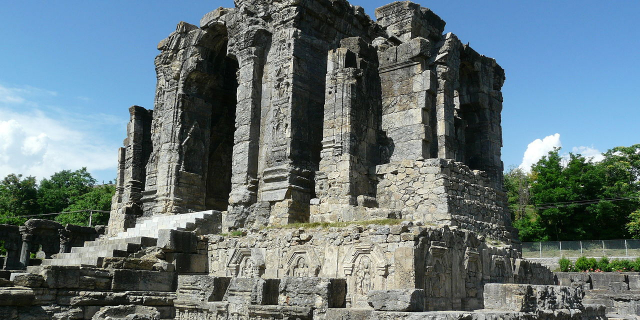

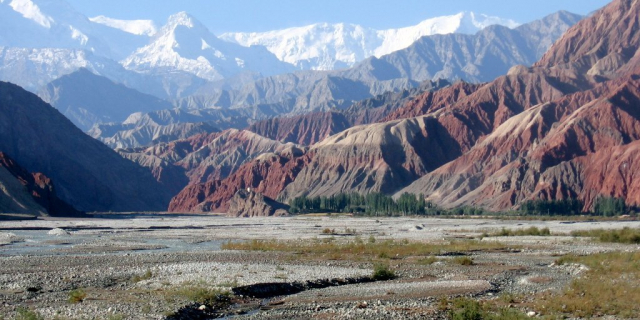

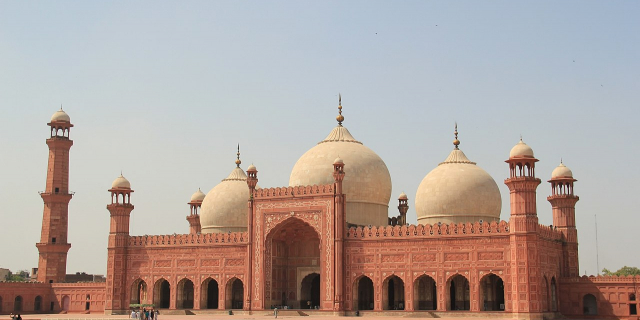









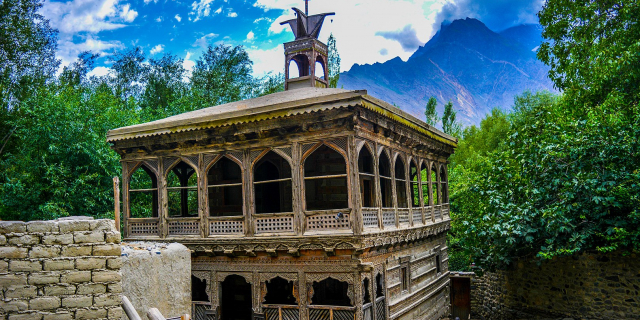



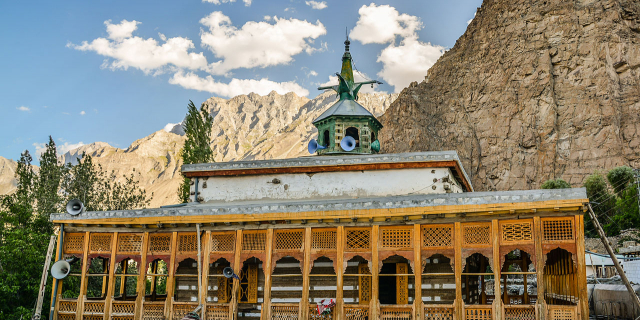
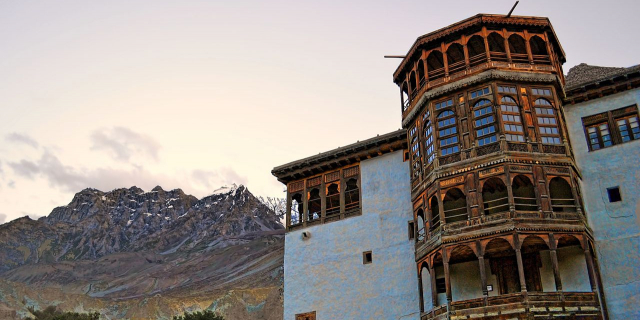

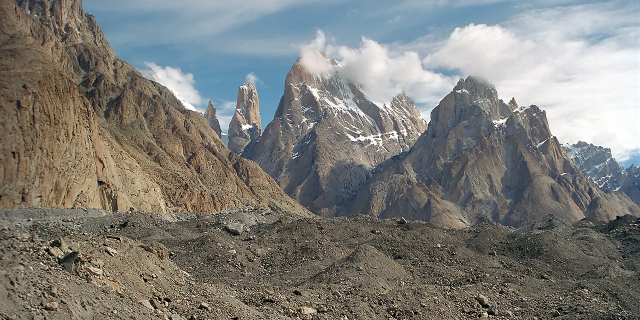

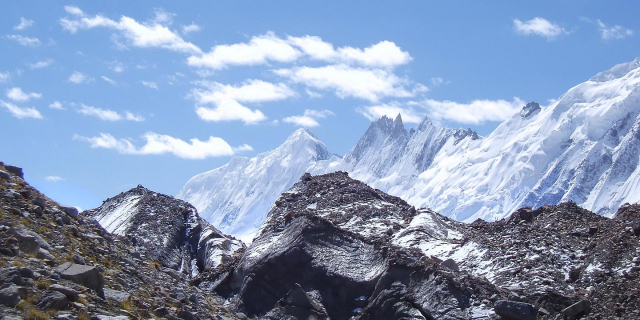
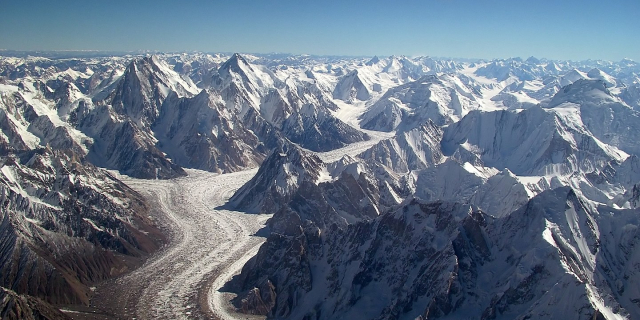


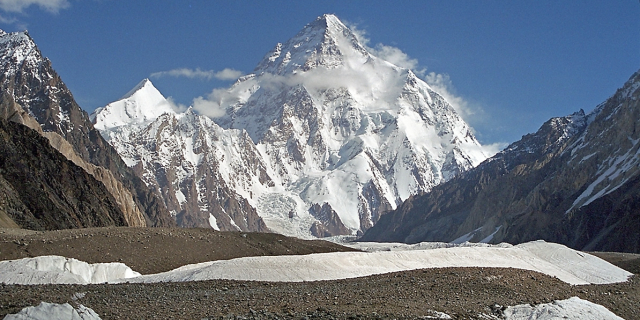


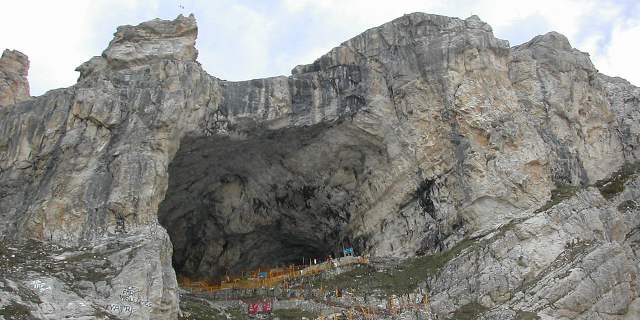




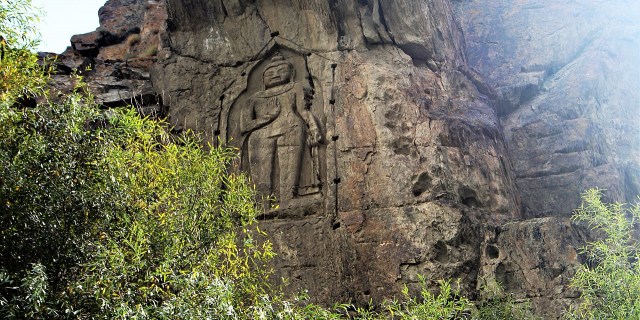

Add new comment